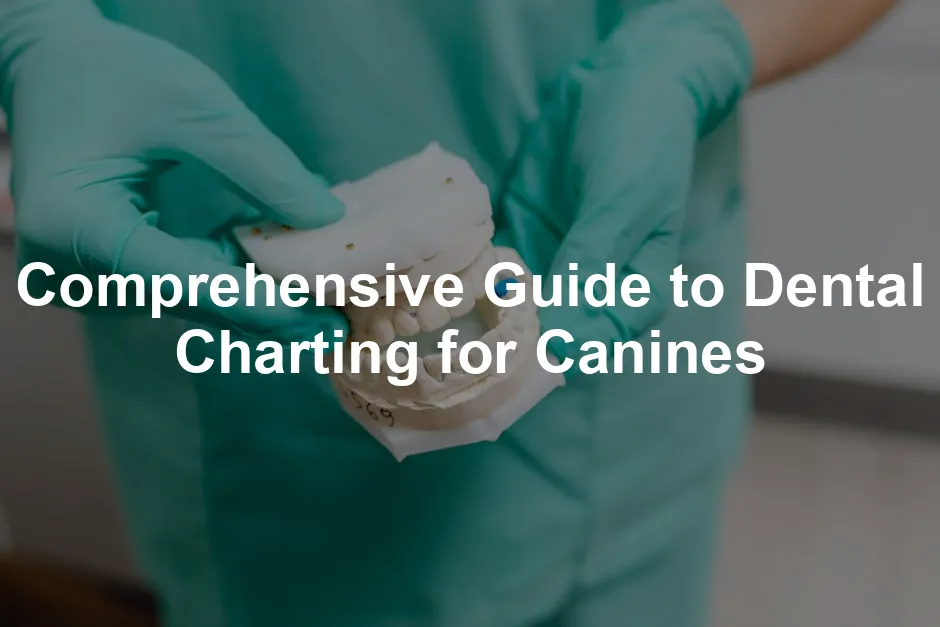Introduction
Dental health is crucial for your canine companion. Just like humans, dogs need proper oral care to prevent diseases. Dental charts are vital tools for tracking their oral health over time. In this guide, we’ll discuss the components of a canine dental chart and how it can help maintain your dog’s dental wellness.
Speaking of dental care, have you considered using a Pet Dental Care Kit? This kit is a game-changer for keeping your pup’s pearly whites in tip-top shape. It’s like a spa day for their mouth, minus the cucumber slices!
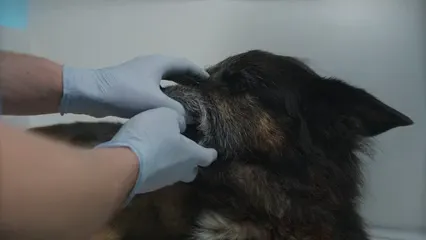
Summary and Overview
A dental chart serves as a comprehensive record of a dog’s dental health. It’s a significant aspect of veterinary practice, aiding in efficient assessments and treatments. With this chart, veterinarians can easily monitor a dog’s dental issues, making it easier to create effective treatment plans.
Dental charting allows for the documentation of various aspects of canine dental health. This includes tooth conditions, missing teeth, and any signs of periodontal disease. By consistently updating this chart, pet owners and vets can work together to ensure a dog’s mouth remains healthy and functional. The information gathered is crucial for early detection of potential problems, making routine dental check-ups more effective.
And while you’re at it, don’t forget about those tasty Canine Dental Chews. They’re not just treats; they’re little wonders that help clean teeth and freshen breath while your pup thinks they’re getting a well-deserved snack. It’s a win-win!

Understanding Canine Dental Anatomy
Understanding a dog’s dental anatomy is essential for effective charting. Adult dogs typically have 42 teeth, while puppies have 28. This difference is important for assessing dental health. Recognizing the normal count helps veterinarians identify abnormalities or missing teeth.
Dogs have four main types of teeth, each serving a different purpose. Incisors are at the front and help scrape food, while canines are pointed teeth used for tearing. Pre-molars follow, designed for chewing and shredding, and molars are located at the back, breaking down harder food items. Each type plays a role in a dog’s diet and overall health. Keeping track of these teeth through dental charts enhances our understanding of their dental needs and potential issues.
By understanding these components, you’re better equipped to appreciate the significance of dental charts in maintaining your dog’s oral health.
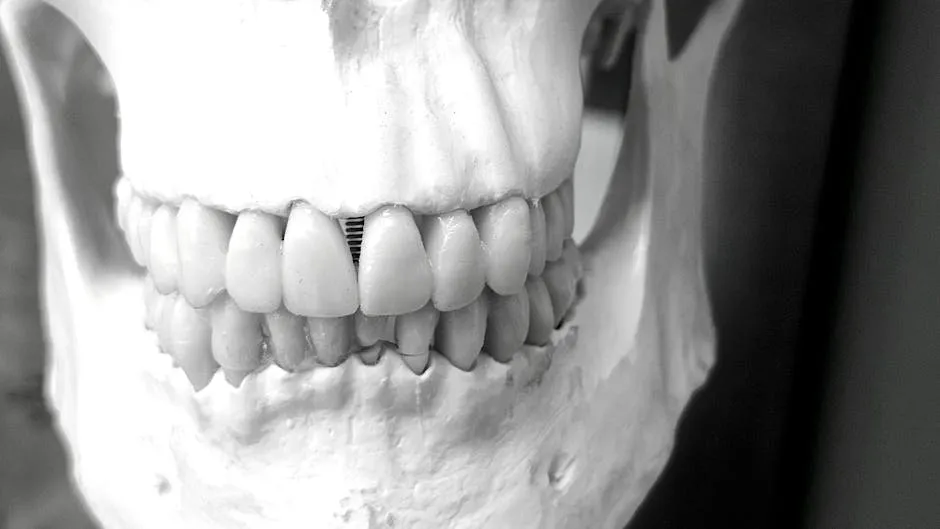
The Number of Teeth in Dogs
Did you know that adult dogs have a total of 42 teeth? That’s right! They have 20 teeth on the upper jaw and 22 on the lower jaw. In contrast, puppies start with 28 teeth, which they eventually lose as they grow. This difference is crucial for understanding your dog’s dental health.
Recognizing the normal number of teeth helps veterinarians assess your dog’s overall health. If your dog has fewer teeth than expected, it might indicate dental issues like tooth loss or fractures. Keeping track of these counts can lead to early detection of potential problems.
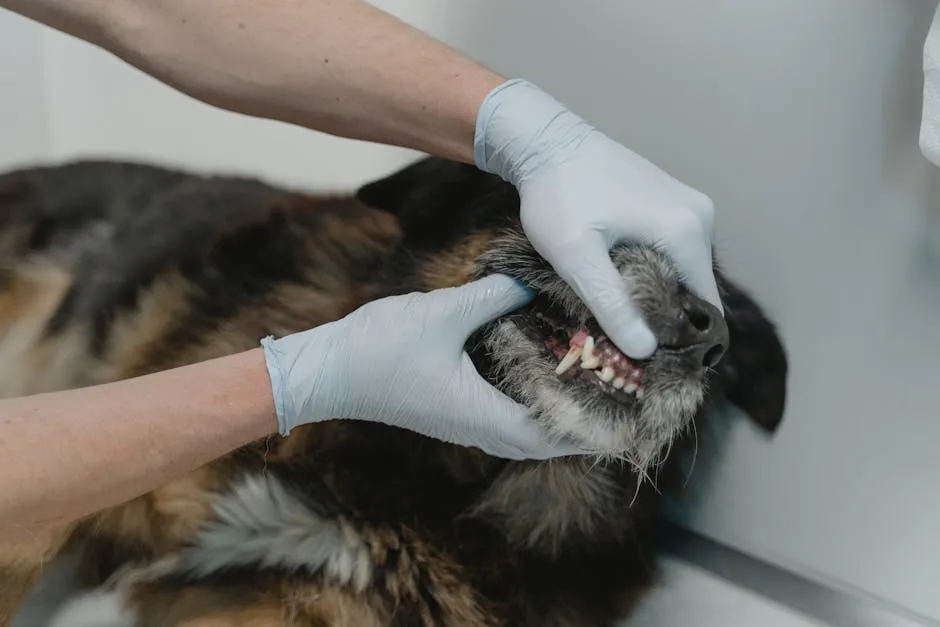
Types of Canine Teeth
Dogs have four main types of teeth, each serving a unique function in their diet.
Incisors are the small, front teeth. They play a vital role in scraping food and grooming. You’ll notice your dog using these to remove meat from bones or even to clean themselves.
Canines are the long, pointed teeth located just behind the incisors. These teeth are essential for tearing food, especially meat. Dogs have four canines, two on the top and two on the bottom.
Next are the Pre-Molars, which are designed for chewing and shredding food. Dogs often use these teeth to process tougher items, making them crucial for their diet.
Finally, Molars are located at the back of the mouth. They help break down harder foods like kibble or biscuits. Each type of tooth plays a significant role in your dog’s nutrition and overall health. Understanding these differences is key to maintaining their dental wellness.
By grasping the basics of canine dental anatomy, you’re better equipped to appreciate the importance of dental charts in safeguarding your dog’s oral health.
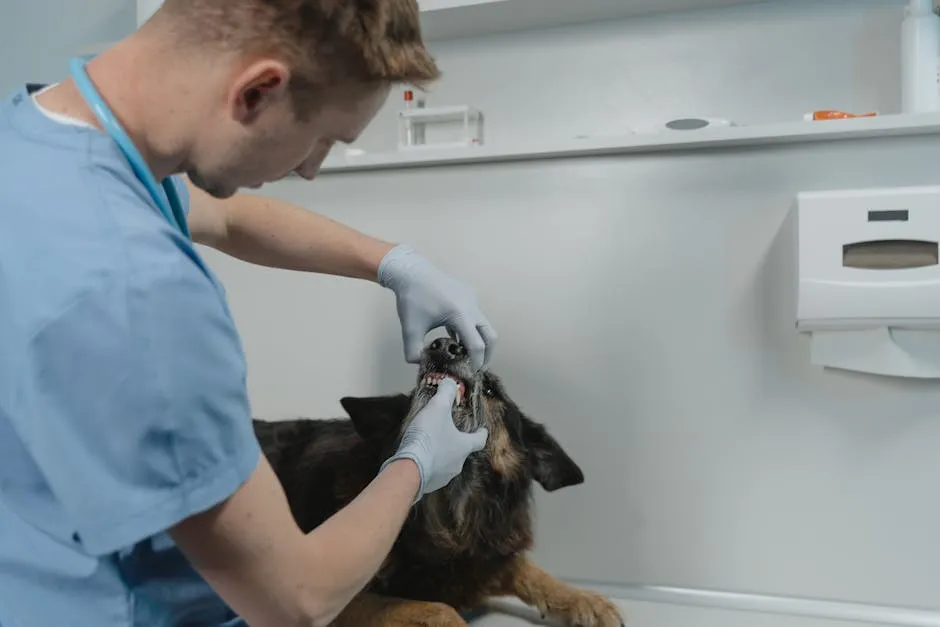
Why Dental Charting is Essential
Dental charts play a crucial role in veterinary practices. They provide a detailed record of a dog’s oral health. This documentation helps veterinarians identify dental problems early. By keeping track of each visit, vets can monitor changes over time.
For pet owners, dental charts offer peace of mind. They show how your dog’s dental health is progressing. This transparency fosters trust between you and your veterinarian. Understanding your dog’s dental condition can guide your home care routine. Regular updates can help you make informed decisions about your pet’s health.

Speaking of home care, why not try a Dog Toothbrush and Toothpaste Set? It makes brushing your dog’s teeth a breeze and can turn into a fun bonding activity. Who knew dental hygiene could be a tail-wagging good time?
The Process of Dental Charting
Before starting a dental examination, proper preparation is essential. Veterinarians often recommend general anesthesia for a thorough assessment. This ensures that the dog remains calm and still during the procedure. It also allows for a more comprehensive evaluation of the oral cavity.
Once under anesthesia, the dental examination begins. The veterinarian uses specialized tools like dental explorers and periodontal probes. These instruments help assess the health of each tooth and the surrounding gum tissue. The dental explorer detects surface irregularities and decay, while the periodontal probe measures gum pocket depth.
After examining each tooth and the gum line, findings are documented on the dental chart. Each tooth is evaluated, and its condition is recorded. Common abbreviations may be used, such as “X” for extracted teeth or “#” for fractured ones. This systematic approach ensures that nothing is overlooked.
Additionally, the chart may include measurements for plaque and calculus. These indicators help track the progression of dental disease. For example, a score of “C1” might indicate minor tartar buildup, while “C3” signals heavy accumulation.
Veterinarians also assess the dog’s overall dental health, which includes examining for periodontal disease. This condition can lead to serious health issues beyond the mouth, so accurate recording is vital.
In summary, dental charting is a collaborative effort. It aids veterinarians in diagnosing and treating dental conditions. It also empowers pet owners with knowledge about their dog’s dental health. Regular updates ensure that both parties stay informed, leading to better outcomes for your furry friend.
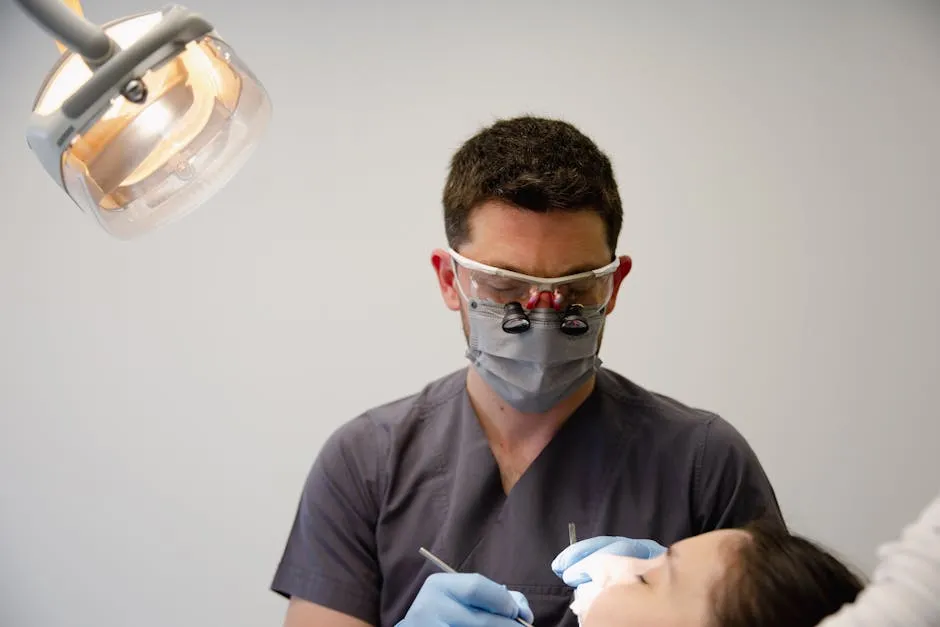
Further Considerations in Canine Dental Care
Preventive Care Strategies
Maintaining your dog’s dental health is essential. Regular brushing is the gold standard for oral hygiene. Aim for daily brushing with a toothpaste designed for dogs. This helps remove plaque and prevent tartar buildup.
Consider incorporating dental chews into your dog’s routine. These chews can effectively reduce plaque while providing a tasty treat. Look for products approved by veterinary dental organizations for maximum effectiveness. You might want to check out Dog Dental Treats that are not only delicious but also help keep your dog’s teeth clean.
Diet also plays a crucial role in dental health. High-quality kibble can help clean teeth as your dog chews. Some brands even offer specialized dental diets that promote oral hygiene.
Lastly, regular dental check-ups with your veterinarian are vital. They can spot potential issues early and recommend appropriate treatments or products.
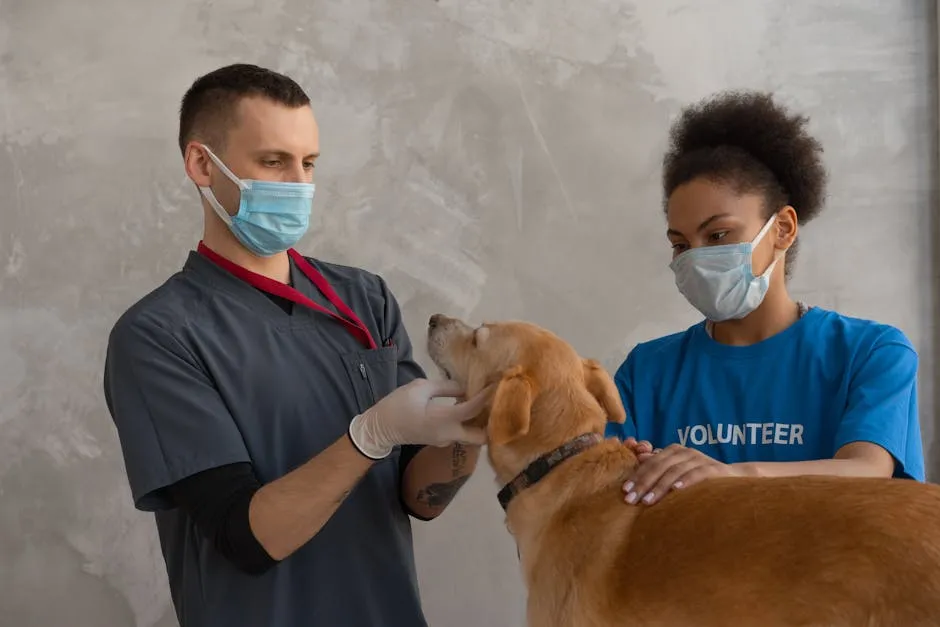
When to Seek Veterinary Care
Being aware of your dog’s dental health is crucial. Signs that professional care is needed include bad breath, swollen gums, or excessive drooling. These could indicate underlying dental disease.
Watch for changes in eating habits. If your dog starts avoiding hard food or shows discomfort while chewing, it’s time to consult your vet. Other warning signs include loose teeth or noticeable tartar buildup.
Early intervention is key. Prompt veterinary attention can prevent more severe health issues down the line. Regular check-ups ensure your dog’s mouth remains healthy and pain-free.
Conclusion
Dental charting is vital for your dog’s overall health. It helps track any changes and informs treatment plans. As a pet owner, your role in maintaining dental hygiene is crucial. Regular brushing, proper diet, and veterinary check-ups contribute to your dog’s well-being. Keep an eye out for any dental issues and act quickly. Your furry friend deserves a healthy smile!

And speaking of smiles, don’t forget to keep your pup’s breath fresh with a Doggie Breath Freshening Tablets. They’re a quick and easy way to keep your dog’s breath smelling like roses instead of… well, you know!
Please let us know what you think about our content by leaving a comment down below!
Thank you for reading till here 🙂
All images from Pexels

